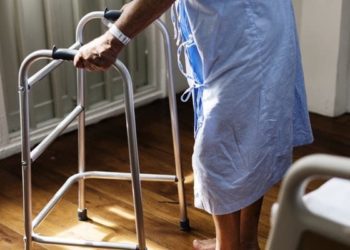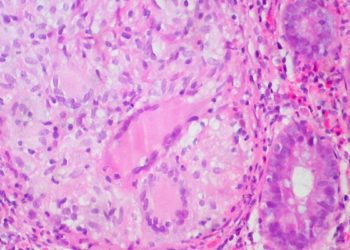Home-based rehabilitation after intensive inpatient rehabilitation associated with improved long term outcomes
1. Home-based rehabilitation (HBR) improves motor function, activities of daily living (ADLs), and instrumental ADLs (IADLs) in patients discharged from inpatient rehabilitation wards
2. Implementing HBR for inpatient rehabilitation patients post-discharge improves their quality of life and caregiver burden.
Evidence Rating Level: 2 (Good)
Home-based rehabilitation (HBR) involves physical therapists, occupational therapists, and speech therapists visiting a patient’s home to provide rehabilitation services in a familiar living environment. This facilitates a resumption to daily activities, improves quality of life, and prevents the development of new disabilities. Inpatient rehabilitation consists of intensive rehabilitation during the subacute phase and can involve up to 3 hours of rehabilitation per day. The benefits of HBR following inpatient rehabilitation are yet to be studied and can provide valuable information on its benefits which can include mitigating activity barriers, improve physical function, and make activities of daily living (ADLs) and instrumental ADLs (IADLs) easier. This retrospective study aimed to determine the effectiveness of HBR immediately after discharge from inpatient rehabilitation. Each patient received 1-2 sessions with physical therapy/occupational therapy a week for at least 6 months. Patients were assessed at each visit on physical characteristics and ADLs were assessed using the Frenchay Activities Index (FAI) and Functional Independence Measure (FIM) amongst other tests. 150 patients met the eligibility criteria. All motor function tests showed improvements over 3 and 6 months (grip strength: p = 0.001; 5-rep sit-to-stand test: p < 0.001; Standing test for Imbalance and Disequilibrium: p < 0.001). Similarly, ADLs and IADLS (FIM and FAI, respectively) showed significant differences at 6 months (FIM: p < 0.001; FAI, p < 0.001). Additionally, the caregiver burden also showed a significant decrease over time, particularly at 6 months post-HBR initiation (p < 0.001). Therefore, HBR significantly improves motor function, ADLs, and IADLs even after inpatient rehabilitation. Implementing HBR for inpatient rehabilitation patients post-discharge improves their quality of life and importantly also improves caregiver burden.
Image: PD
©2024 2 Minute Medicine, Inc. All rights reserved. No works may be reproduced without expressed written consent from 2 Minute Medicine, Inc. Inquire about licensing here. No article should be construed as medical advice and is not intended as such by the authors or by 2 Minute Medicine, Inc.


![2MM: AI Roundup- AI Cancer Test, Smarter Hospitals, Faster Drug Discovery, and Mental Health Tech [May 2nd, 2025]](https://www.2minutemedicine.com/wp-content/uploads/2025/05/Untitled-design-350x250.png)


![PFO closure equivalent to medical management in prevention of recurrent stroke [PC and RESPECT trials]](https://www.2minutemedicine.com/wp-content/uploads/2013/03/Echokardiogram_von_Atriumseptumdefekt_Ostium_secundum1-75x75.jpg)

